“To those who devote themselves to challenge the abyss a place darkness itself fears to go, the abyss shall return all. Life death. curse and blessing. The entirety of it all. At the end of your journey, what will be the closure you shall obtain?”
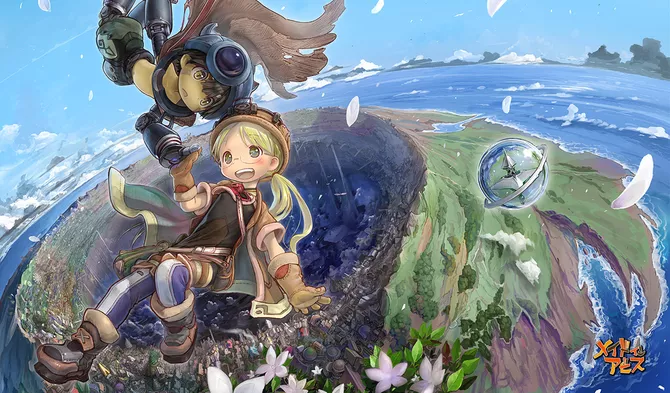
I first came across Made in Abyss in the summer of 2021. Back then, we used to have monthly manga reads on our Discord server. Made in Abyss was our pick for August, so I jumped blindly into the manga with high expectations.
And the manga engrossed me completely, so much that I just couldn’t have enough of it. I read it three times over, all the 64 chapters that were present at that time, I read them again and again but it still couldn’t quench the feeling of fascination that this series produced within me.
Despite how much I grew to love the manga, I didn’t quite watch the anime back then. I think I was probably suffering from anime burnout which impeded any desire I had to continue with the anime. That was the case until very recently.
Now that I have finally seen Made in Abyss, it reignited the love for adventure stories that burned my mind like a radiant wildfire. I calmed myself down and asked a question – what is it about Made in Abyss that is so fascinating, why does it have such a powerful grip on my imagination?
Table of Contents
The Structure of the Abyss
Made in Abyss is a manga drawn and written by Akihito Tsukushi. He was inspired by Hiromu Arakawa’s “Silver Spoon” manga to draw a fantasy story and he got the idea of an Abyss when he was visiting a science museum in Ueno. Before working on Made in Abyss, he worked as a character designed for Konami.
Why am I telling you this? Well, I think that Made in Abyss doesn’t read like a traditional manga, it, to me, very much feels like it was designed to be a video game. One of the biggest sources of inspiration for this manga was Xenoblade Chronicles. Let me break it down to you step by step –
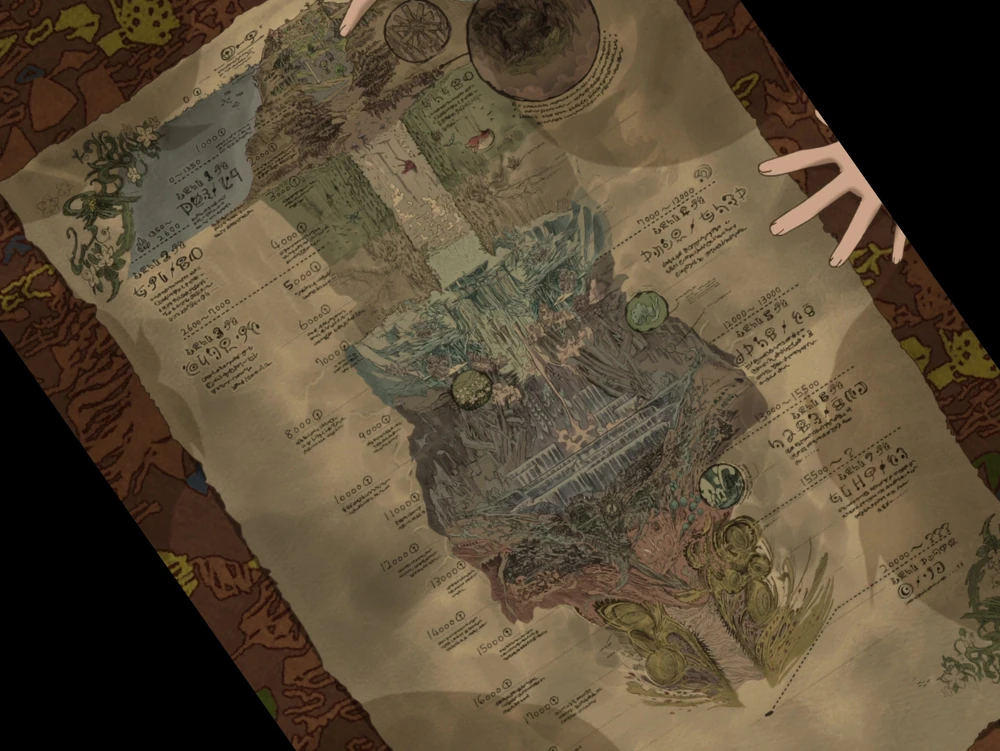
The Abyss itself is structured like a video game. A seemingly bottomless chasm stretching down to the deepest sections of the world, chockful of wonders and mysteries, and who knows what kind of Lovecraftian horrors lie in the depths of the abyss, the deeper you go, the more extreme the curse of the abyss becomes.
If I had to make a comparison, the Abyss is certainly a unique take on Dante’s Inferno – a journey through hell depicted by seven concentric circles (or more?) where each layer focuses on a different aspect of survival with its own set of symbolism and nuances.
The abyss also has a very steep difficulty curve that is similar to video game likeness. The deeper you go, the more unforgiving the abyss becomes and the harder it is to survive, with the last two layers outright killing you for even trying to ascend.
The 1st Layer
We start our journey in the 1st Later, also known as the Edge Of The Abyss. This layer starts as the introduction area of the game. There’s plenty of low-value loot, not much danger, hence low-risk low reward. There aren’t a lot of creatures up here but dangerous creatures from the lower layer can occasionally visit this layer.
The curse of the abyss isn’t potent either, as it’s light dizziness and nausea. It can be difficult for young divers at first but with some experience, they can build a tolerance to the curse.
Viewers can accommodate and get used to how Reg can use his arms to travel differently. And they can also get a feeling for how to control and use his blaster without attracting too severe monsters.
The 2nd Layer
As we start going down, we proceed into the 2nd Layer, The Forest Of Temptations. This is the first truly dangerous layer of the abyss. The creatures that live down here are much more dangerous. As we go deeper into this layer, we eventually hit The Inverted Forest, where everything seems to grow upside-down, even water flowing upwards. The upward drafts are very strong and impede movement.
The curse of the ascension at this layer causes more intense nausea, headache, and numbness of limbs. If a Red Whistle ever makes it to this layer, it is effectively treated as a suicide because it is too dangerous, and the chance of surviving before being rescued is too low.
The Second Layer also has the first resting point – the observation camp. This place is built quite far away from the central shaft to avoid the intensity of the curse of the abyss. This place serves as a safe area for the delvers where they can rest and stock up for their trip into the deeper layers or to the surface.
Ozen at the base camp serves as a major boss fight with a scripted defeat sequence. That is because she trains Reg and Riko and the training itself serves as another survival game but in a controlled environment. Reg and Riko can leave the base camp when they pass the conditions set by Ozen.
The 3rd Layer
Next up, we descend into the 3rd Layer – the Great Fault. There’s not a lot to say about this layer. It’s a long vertical cliff making it very difficult to cross. There’s an intricate network of cave systems in the cliffs, which is the only reliable method to cross through this layer.
Aerial predators such as the Crimson Spitjaw are very common in this layer, making it nigh impossible to descend the cliff directly. The curse of ascension from the previous layer worsens here, with the addition of Vertigo combined with visual and auditory hallucinations.
This layer needs you to use Reg’s arms to travel very quickly from gap to gap in the cliffs. Riko helps you navigate the cave systems and can deal with smaller monsters as well as stock up on inventory without the help of Reg.
The 4th Layer
After crossing the 3rd Layer, we descend into The Goblet Of Giants. The 4th Layer is a humid jungle where strong vines intertwine to form giant discs that can capture water out of the air. The predators residing here are especially ferocious.
They can see the force field, which is so sensitive that even a mere thought can produce a ripple. In a way, they can read your thoughts, or in terms of a game, they are input-reading. The curse of ascension here gets lethal, it causes intense pain throughout the body and bleeding from every orifice.
This layer is where Reg and Riko encounter the second boss fight, an Orb Piercer. This fight results in a scripted loss as Riko gets fatally injured but Nanachi comes to their rescue and saves Riko. Thus, just as the roster was starting to feel small, we got a third character to add delight to the mix.
The 5th Layer
Going down to the 5th Layer, we have the Sea Of Corpses. This is the thinnest layer of the abyss, about only a km long in-depth, but the widest one horizontally. It consists mostly of a large monster-filled sea. This is the last layer of the abyss where it’s possible to return from alive.
This layer is also home to the Ido Front, which acts as a gateway into the 6th Layer, the point of no return. The curse of the abyss here causes complete sensory deprivation, and confusion and induces self-harming behavior.
The 5th Layer is where we open up the mysteries of the abyss to us, it provides us with enough answers to stimulate our curiosity so that we are left with more questions about what we started. The encounter with Bondrewd at the Ido Front serves to establish a great antagonist character in him and shows how wide the gap is between our rag-tag band of miners and the capabilities of a white whistle.
It also shows that we need to make necessary sacrifices to move forward, as established by what happened with Prushka. But without the sacrifice of Pruska, we could not move any deeper into the abyss.
The 6th Layer
The 6th Layer is termed as The Capital of the Unreturned. The abyss’s curse is so severe that anyone who tries to ascend will either succumb to death or be deformed into a creature beyond recognition and lose their humanity.
Because of this, proceeding into the 6th Layer is considered A White Whistle’s last dive. The creatures in this layer are beyond a describable danger level. Geothermal explosions at this level release poisonous clouds and the atmosphere rain is made up of liquid Iron.
The 6th Layer shakes everything up with how it’s presented. Instead of driving into another survive-or-die situation, the 6th layer thrusts us into a village of Hollows, a much safer environment than the wilderness. Now we have to work together with the Narehate to find answers to secrets and proceed into the deeper layers.
The 7th Layer
The 7th Layer, also known as The Final Maelstrom, is the last known layer of the abyss. Hardly anything is known about this layer and the little that is known about it are rumors transmitted from the last dives of the generations of White Whistles.
All we know is that Lyza recorded Reg-like human-mechanoid beings and Reg seems to carry some memories of Lyza. The strain of ascension here is assumed to be certain death but ultimately it is only theorized and we have no conclusive understanding of this layer.
From my understanding, The 7th Layer will probably be a place that puts every skill you have learned so far in the abyss to test. It’s the “You cannot go back once you start this mission” warning, although we encountered that already before we crossed into the 6th Layer.
The Deepest Point
The Deepest Point is theorized to be more than 20,000 meters deep below the surface level. This is the place where people think Aubades, the treasures of the abyss reside. In essence, this is considered the ultimate goal, the location that might have the answers to all the mysteries of the abyss
Reg and Riko are the perfect protagonists
You cannot look at Reg and not tell me that he is not inspired by Megaman. Leaving aside the similarities between their silhouette, they even have the same weapon functionality, which is a configurable blaster. The moment you see his arms extend and he can use them to pull himself around, the image of platforming genre gameplay envelopes your mind.
Simply looking at him using his arms in the later episodes tells you enough to know that you can use his mobility in a variety of methods. Instead of using them to always move up or down, Reg can use them as a zipline and move sideways or slanting as well. His arms are quite literally a walking solution to how you approach the pathfinding in the abyss.
Reg also comes with a blaster with impressive destructive capabilities, to say the least. It has a power capable enough to disintegrate through the toughest of substances. But it does come with a cost – using the blaster completely drains Reg’s energy and it saps him of his consciousness for two hours.
Reg has an extremely resilient body, tough enough to withstand almost any amount of blunt force trauma trauma or even piercing impact. But the problem is Riko, she is very fragile and the creatures living in the abyss are not forgiving enough to let someone as fragile as her live for too long without help.
And that is how Made in Abyss balances out the very overpowered ability. It gives it a very long cooldown timer, robbing you of control of your primary character and putting your fragile characters into extreme peril. As a result, it teaches you to use the blaster for only extreme occasions as a last resort weapon.
Riko on the other hand, in stark contrast to Reg, is clumsy and somewhat of an ‘escort’ character, you know the kind you have to carry from point A to point B. While most such characters are usually more story-oriented and not very useful in gameplay, Riko is a little different.
She is our pathfinder for navigating the abyss, our archaeologist for identifying treasures, a wildlife expert for identifying dangerous creatures, and a master chef for preparing ingredients. If Reg is the brawn of the group, Riko is the brains.
The Lore of Made in Abyss
Before I get into the Lore, let me specify that my focus here isn’t questioning about existentialism of the Abyss or its story, but rather specifically about the vast flora and fauna that inhabit the abyss.
To illustrate my point, let’s start with a creature called Neritantan. They are the fluffy and cute-looking creatures that we first saw in the 3rd Layer. They are divergent to several species and are found throughout the abyss. They are harmless creatures but their meat is considered to be very delicious.

The Neritantan tender meat can be used to prepare many dishes. When they feel threatened, they bunch up together in their nest and inflate their bodies to form an impregnable wall.
The mangaka has tried to give a systematic description of a similar nature to several creatures and plants in the abyss to instill a feeling of census about the abyss, to ground this place in a sort of fantastical realism, and to make everything feel more believable.
This word doesn’t exist solely for us to discover, it has existed long before our characters existed and will continue to exist after our characters are forgotten. This is how Made in Abyss handles protagonist syndrome.
But more than that, these fun little tidbits or lore we find throughout the abyss serve a more important purpose. If we view it from the perspective of a game, they are in-game description boxes for items in our inventory and now hold much more importance.
Not knowing what kind of meat is edible, or which plants can be used as healing and recovery items is the difference between life and death in a survival-oriented game. Since there can be hundreds of unique items, keeping track of everything can be difficult, which is why a game tells you what you need to know about the item using little descriptions.
In addition, Made in Abyss indulges with some excellent and environmental story-telling. It’s a subtle art-from that gives the observant viewers an indication of what kind of civilization previously lived in the abyss without explicitly pulling your attention. The Slanted Windmills in the 2nd layer and the Praying Skeletons of the 1st layer are excellent examples of this.
Symbolism and Themes of Made in Abyss
The Abyss itself is the central symbol and theme of the series. It represents the unknown, the unexplored, and the depths of human curiosity. The deeper one descends into the Abyss, the more perilous and wondrous it becomes and the more likely they are to lose themselves to their warped selves.
In fact, this is exactly what Made in Abyss instills in the viewers, that the true dangers of the abyss are not the creatures that inhabit it, but the people who reside in it. Nothing is more dangerous than facing a person who has succumbed to their insanity.
Childhood and Innocence is another major theme of Made in Abyss. Riko is the embodiment of the innocent and naive curiosity of the youth. Her descent into the abyss essentially symbolizes the transition from childhood into adulthood, with all its challenges. The loss of innocence is a central theme.
Continuing off with the loss of innocence is the need for sacrifice. The abyss is not an easy place to survive in and characters need to pay a very high price to achieve their dreams or ambitions or even just survive and this is used as a recurring theme throughout the story.
The story of Vueko, Ganja, and Irumyuui is essentially a story about finding a home and a family. Since they were all seen as outcasts, they never really had a place to belong. The goal of their journey was to find the fabled Golden City but they finally settled down in that place because they could call it home, that they were no longer outcasts.
The series also puts a strong focus on Parent-Child relationships. The bond between Riko and Lyza, her mother, and Riko’s search for her parent represents the unbreakable connection between parents and their children.
This is further strengthened by the bond between Irumyuui and Vueko, who is an adoptive mother to her, and shows that blood connections aren’t the only thing that defines a Parent-Child bond.
As the characters encounter moral and ethical dilemmas on their journey, the series explores themes of right and wrong, the consequences of one’s actions, and the morally gray areas that exist in a harsh world.
Bondrewd’s entire character is made to specifically trudge this line between good and evil, and it shows us very well that what he has done, what he is doing is beyond just cruel and inhuman, but, it is necessary. Was it the only way to move forward? Probably not, and we will never know if there could have been something less cruel.
The abyss is not a place that allows for such frivolities. You simply have to do what needs to be done. Bondrewd’s character is not defined by his monstrous actions but by his gripping sanity.
The Music of Made in Abyss
The music of Made in Abyss is an Integral part of the anime, that ties everything together perfectly. Composed by Kevin Penkin, the soundtrack masterfully captures the unique and wonderous atmosphere of the Abyss. It consists of everything from ambient and atmospheric escapades to the downright ethereal and cathartic cacophonies.
The music is deeply atmospheric and it helps in the immersion of this mysterious and fantastical world of the Abyss. Every piece in the composition evokes a sort of wonder, curiosity, and a sense of foreboding. The leitmotif of mystery and adventure accompanies every sound
Ambient tracks like The First Layer are reminiscent of snowy peaks or frozen dungeons. It evokes a sort of nostalgia for memories you have never experienced, it’s beautiful and invites mystery, and yet, at the same time, it feels series.
Tracks like Hanazeve Caradhina masterfully encompass so many emotions together that it’s almost overwhelming. It’s a blend of dread, mournful, tragic but it also represents hope, journey, resolute. It’s a rollercoaster of emotions by itself.
The Rumble of Scientific Triumph blooms into something so grandiose, it really makes you feel in the moment, that you are witnessing something that cannot be described by mere words. And then there is Transcendence and Caradhina which borrows an earlier motif again and transforms it into something that feels incredibly cathartic.
Do I even say anything about Old Stories and VOH? Genuinely, some of the best music pieces I have heard in my life. The layering is so immaculate, the vocals are spine-chilling, and the composition is just incredible.
I don’t have enough knowledge of music theory to describe any of it properly or in inaccurate terms, but what I do know is that Made in Abyss so far has been Kevin Penkin’s masterpiece, his best work yet. And he will reach even greater heights and I am here for it!
Closing Off
When describing Made in Abyss, I often find myself to be at a loss for words. Every aspect of it radiates the air of mystery and adventure. The world itself is so fascinating, it is not without extreme dangers but it is a place I want to explore on my own.
The anime and the manga play to their respective strengths. Although the manga lacks extremely vital sound and music pieces, it engages your curiosity and fills your imagination with an art style that is equal parts abstract and equal parts haunting.
As for the anime, it couldn’t possibly be any more perfect than it already is. It uses every card it has up to its fullest potential to craft this amazing experience that will forever be etched into your mind.
Closing off,
“I find it hard to say this, but…
If you come back and say, ‘It’s impossible after all,’ it’d be oh so nice…
I’ve seen off all kinds of people who leave on journeys they won’t return from…
But… today is the saddest I’ve ever felt.”



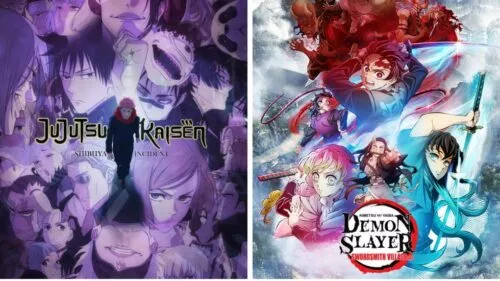

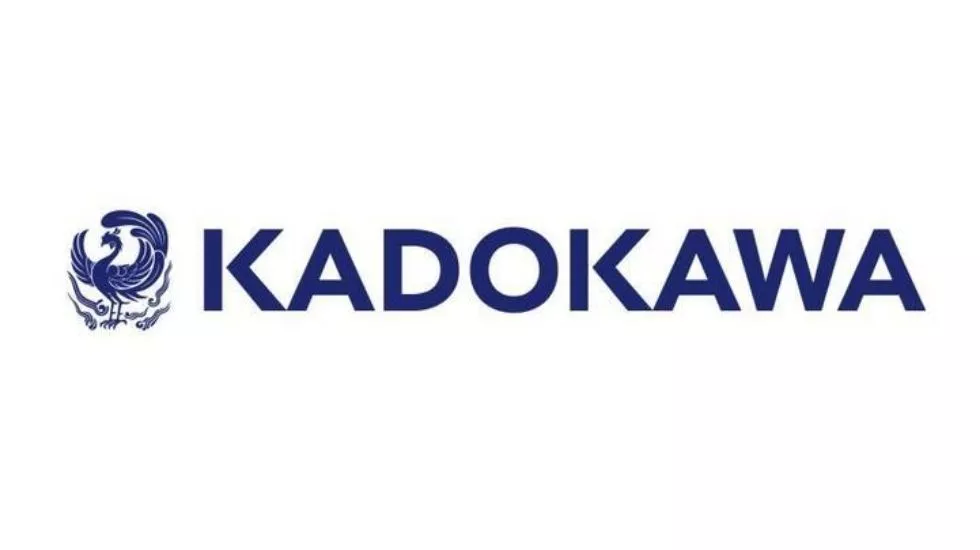

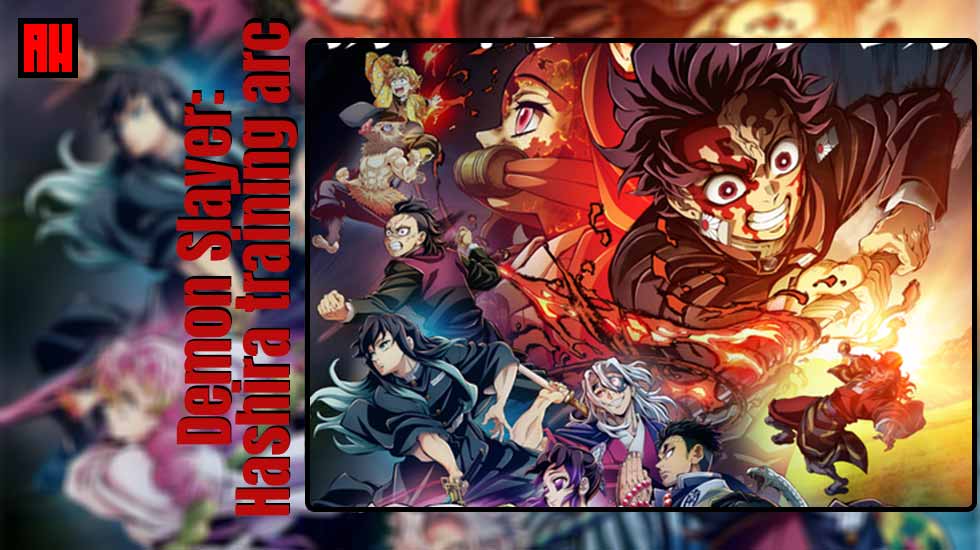
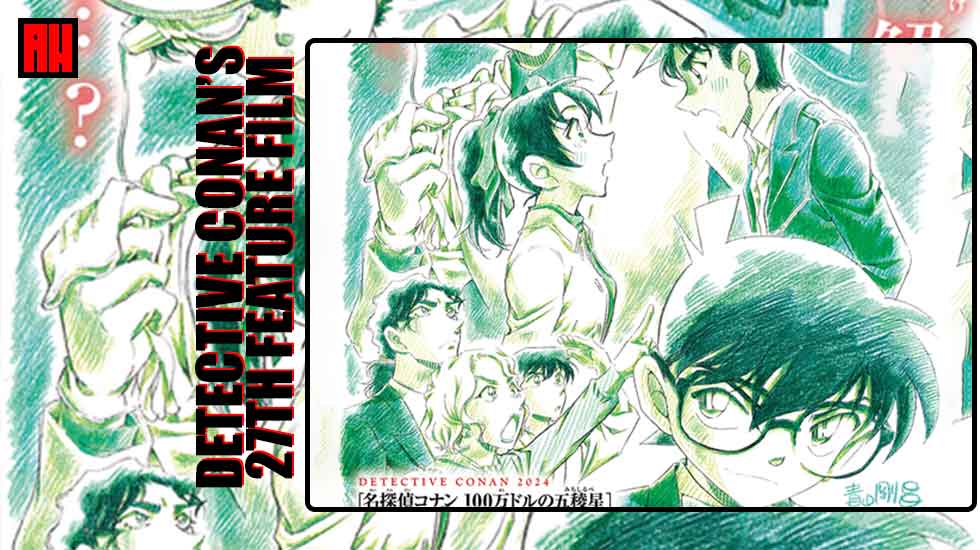



Great article on Made in Abyss! I especially liked the analysis of the Abyss’s symbolism and themes, as well as the breakdown of the different layers. The music of Made in Abyss is also incredible, so I’m glad you gave it a mention. Overall, this is a must-read for any fan of the show!
We have also such amazing anime related content on our website. So make sure to visit it.